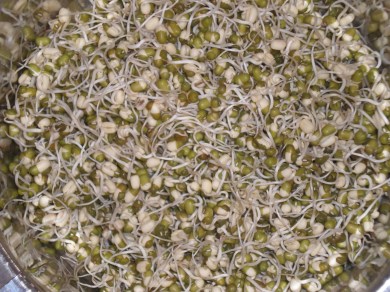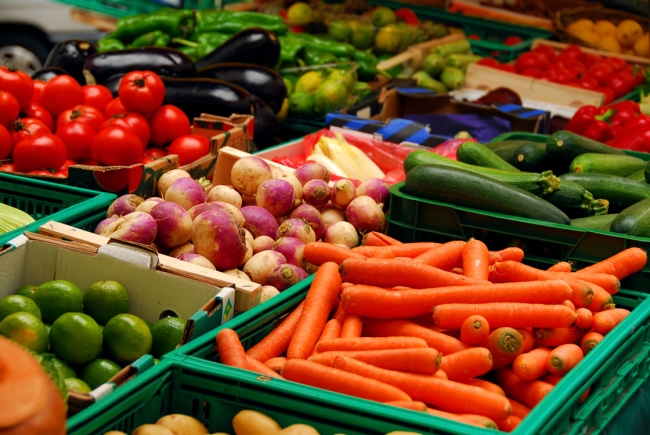The idea is to eat the living thing.
Plants, vegetables, fruits and sprouts give more nutrition to the body as they are alive. The moment they start drying or dried they are dead and they reduce nutrition value. So most dietitians recommend to eat fresh fruits and vegetables to give maximum energy to body. When a person like me who is trying to build muscles or reduce weight – should consume more of living food and dairy products then meat. As meat dies after the animal is dead. Moreover it is believed when a person is trying to reduce weight should avoid eating extra muscles because the person is already trying to cut down on his or her body fat or mass ( if he or she eats more muscles from outside then the digestive system will be more busy to digest the extra fat taken from outside then eating the fat inside the body). So while weight loss non vegetarian food should be minimized … after weight loss or muscle build up or toning a person can start eating non- veg that too in day time.
Many suggest fish is easy to digest because fish’s entire body is moving constantly in water so the muscles of the fish are tender compare to other animals like cow, goat , chicken or pig. Even bird muscles are easy to digest as they are constantly moving.
A number of studies have shown that plants feel pain, and vegetables are picked and often eaten while still alive.
This must be a spoof question. The comment “and often eaten while still alive” raises the question when do vegetables die? two minutes, ten minutes, two hours after being pulled from the ground??? Farmers often allow sheep to graze on mangolds and cabbages still growing in the fields. Plants begin to wilt the moment that their link with a supply of moisture is severed, so the fresher they are the better the taste and nutritional value.

All fruits and vegetables are still alive after they have been harvested, that means they continue to respire, breathing in oxygen and breathing out carbon dioxide just as we do. They also transpire, that is they lose water which usually causes shrinkage. Since the produce is now removed from its normal sources of water and nutrients, water losses and respiration changes cannot be prevented. In other words the produce is perishable and has a limited life before it deteriorates to a point where it becomes inedible.
Fresh produce can be divided into two types depending on the rate at which the goods respire after harvesting and this influences the way in which they ripen or mature. For example, a banana which is hard and green when harvested will increase its rate of respiration by as much as 5 times the normal rate when it starts to ripen and it turns yellow and soft. This type of fruit is called a climacteric because of the major changes that occur with the onset of ripening. Other fruits, like citrus, are non-climacteric and do not go through this dramatic physiological change. In general, this means that some citrus fruit, like oranges, will keep for much longer than ripening bananas. Similarly with vegetables some keep for relatively long periods after harvest, examples are carrots and onions, while others, like asparagus and beans, have very short lives. Modern technology has intervened to prolong the ‘natural life’ of fresh fruit and vegetables which enable us to buy almost any kind of produce from anywhere in the world at any time of the year.



This blog was… how do I say it? Relevant!! Finally I’ve found something which helped me. Kudos!
LikeLike
thank you so much rosa, i am glad you liked the blog
LikeLike
Hmm it looks like your site ate my first comment (it was extremely long) so I
guess I’ll just sum it up what I had written and say, I’m thoroughly
enjoying your blog. I as well am an aspiring blog writer but
I’m still new to everything. Do you have any points for novice blog writers? I’d really appreciate it.
LikeLike